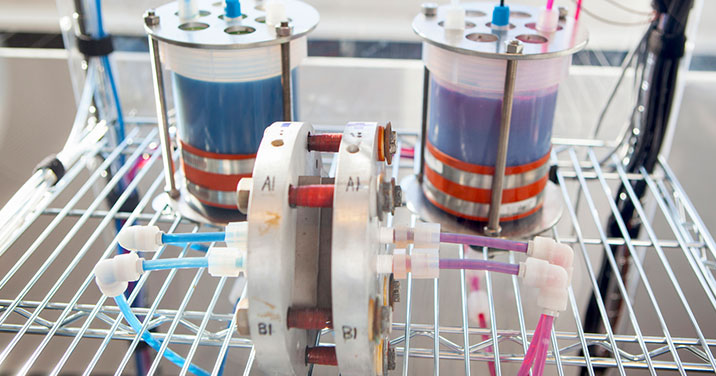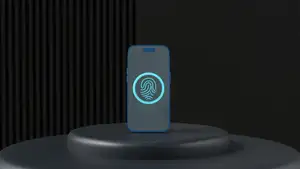
New Flow Battery Developed by Harvard Team
As you probably know, there is a growing interest in enhancing and eventually surpassing today’s battery technology. You can readily understand that from the ever present mobile devices to the ability to store energy produced from renewable sources such as wind or solar the quest is to discover an economical battery technology. Recent revelations published by Harvard researchers could turn out to be one such solution.
The Harvard research team led by Michael Aziz, Professor of Materials and Energy Technologies along with Roy Gordon, Professor of Chemistry and Materials Science published their findings in ACS Energy Letters. It turns out that the Harvard team has developed a new flow battery technology.
For the record, a flow battery is a battery technology that utilizes liquid solutions in external tanks to store energy. Note that for flow batteries, the larger the tanks, the greater amounts of energy that can be stored. You may be interested to learn that the consensus seems to point to flow batteries as a rather promising energy storage solutions for renewable energy.
It is important to note that the flow battery technology deployed today suffers from an inherent limitation. As you might well expect, this limitation shows up in the form of degraded energy storage capacity after a certain number of charge and discharge cycles. That means that with existing flow batteries, the electrolyte (the liquid solution) must necessarily be replaced.
The breakthrough achieved by the Harvard research team involved the modification of the electrolytic solution such that the solution is now water soluble. The end result is a flow battery that loses a mere 1% of its storage capacity after 1,000 charge and discharge cycles. Explaining how revolutionary this breakthrough really is, Professor Aziz had this to say: “….Lithium ion batteries don’t even survive 1,000 complete charge/discharge cycles”.
Professor Gordon had this to say: “Because we were able to dissolve the electrolytes in neutral water, this is a long lasting battery that you could put in your basement. If it spilled on the floor, it wouldn’t eat the concrete and since the medium is noncorrosive, you can use cheaper materials to build the components of the batteries like the tanks and the pumps.”
You can understand the growing excitement resulting from this flow battery technology breakthrough. From storing energy from wind and solar energy production facilities to as yet unimagined other uses, you can expect to hear quite a bit more about this revolutionary battery technology in the near future.









